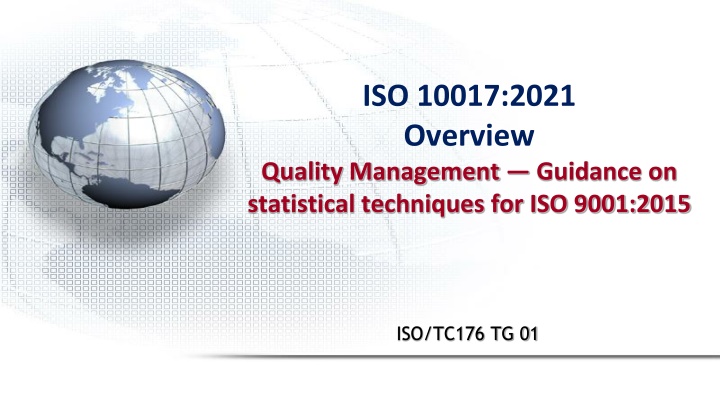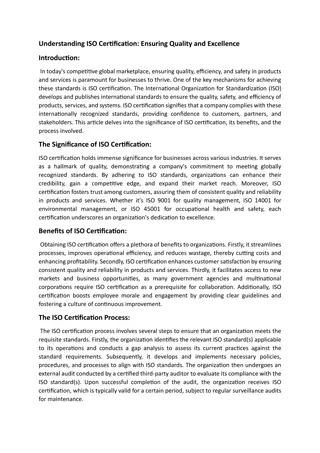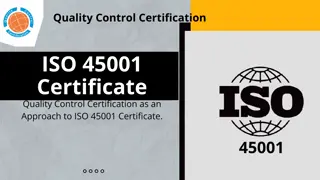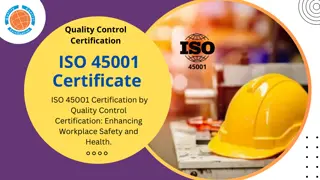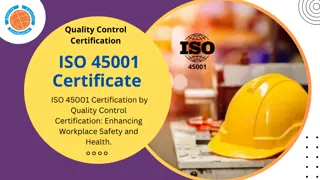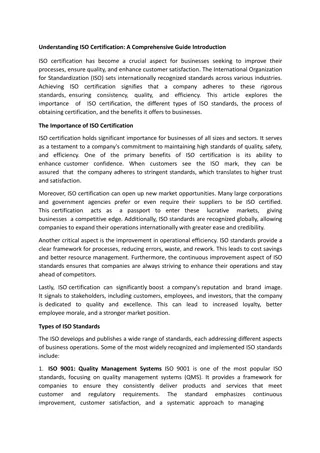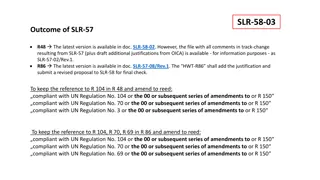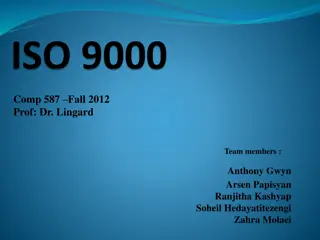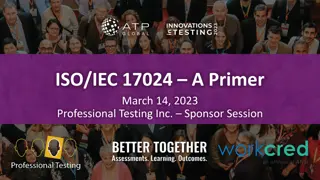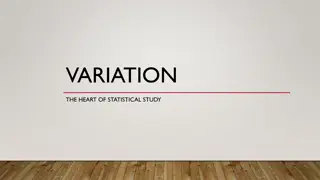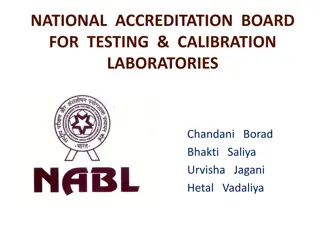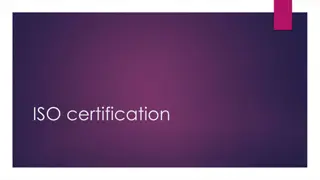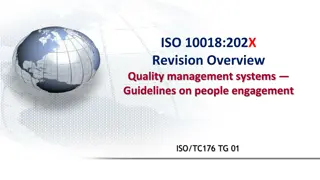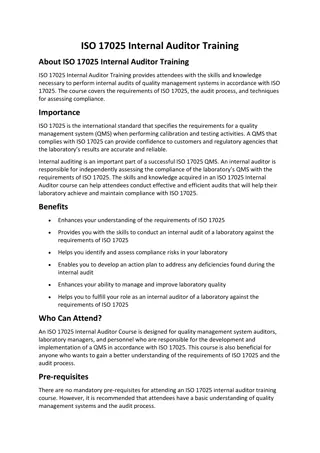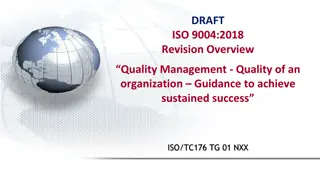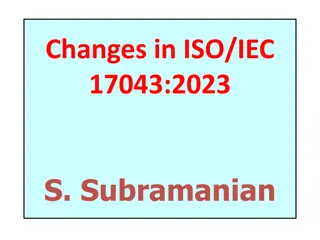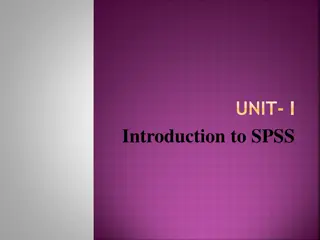ISO 10017:2021 Overview - Statistical Techniques for Quality Management
ISO 10017:2021 provides guidance on statistical techniques for quality management in alignment with ISO 9001:2015. It outlines various statistical techniques like descriptive statistics, hypothesis testing, process capability analysis, and more. The standard aims to help organizations monitor, control, and enhance quality, leading to continual improvement and enhanced financial performance.
Download Presentation

Please find below an Image/Link to download the presentation.
The content on the website is provided AS IS for your information and personal use only. It may not be sold, licensed, or shared on other websites without obtaining consent from the author.If you encounter any issues during the download, it is possible that the publisher has removed the file from their server.
You are allowed to download the files provided on this website for personal or commercial use, subject to the condition that they are used lawfully. All files are the property of their respective owners.
The content on the website is provided AS IS for your information and personal use only. It may not be sold, licensed, or shared on other websites without obtaining consent from the author.
E N D
Presentation Transcript
ISO 10017:2021 Overview Quality Management Guidance on statistical techniques for ISO 9001:2015 ISO/TC176 TG 01
Purpose The objective of this presentation is to: Outline the content of ISO 10017:2021, Quality Management Guidance on statistical techniques for ISO 9001:2015 Identify notable changes from ISO/TR 10017:2003 Note: While the focus of this standard is on the applicability and benefits of statistical techniques in a quality management system, the concepts and methods are also applicable to other management systems, standards and disciplines. ISO/TC 176/TG 01
Introduction Introduction to ISO 10017:2021 Variability is inherent in practically all activities and processes; it therefore influences the resulting products and services. Statistical analysis of data can provide insight into the nature, extent and causes of variability; and thereby help to solve, mitigate and even prevent problems that stem from variability. This standard identifies statistical techniques whose applications may help organizations to monitor, control and improve quality; and ultimately to develop, implement, maintain and improve a quality management system in compliance with ISO 9001. ISO/TC 176/TG 01
Content Main contents of ISO 10017:2021 1 Scope 2 Normative references 3 Terms and definitions 4 Statistical techniques in the context of ISO 9001 5 Quantitative data and associated statistical techniques in ISO 9001 6 Applicability of selected techniques 7 Description of statistical techniques Bibliography
Content Statistical techniques addressed in ISO 10017: 7.1 Descriptive statistics 7.2 Design of experiments (DOE) 7.3 Hypothesis testing 7.4 Measurement system analysis (MSA) 7.5 Process capability analysis 7.6 Regression analysis 7.7 Reliability analysis 7.8 Sampling 7.9 Simulation 7.10 Statistical process control (SPC) 7.11 Statistical tolerance 7.12 Time series analysis Included in the description of each statistical technique are the benefits, limitations and cautions, as well as examples of applications in diverse sectors.
Benefits Benefits of using ISO 10017:2021 The use of statistical techniques can help to improve processes, products and services, and the effectiveness of a quality management system. Statistical techniques can help in the continual improvement in organizations in public and private sectors, regardless of size or context. ISO 10017 provides guidance on the applicability of statistical techniques to achieve gains in quality, productivity and ultimately financial performance of organizations. ISO/TC 176/TG 01
Summary The ISO 10017:2021 standard: This standard identifies statistical techniques that can help an organization to address the various elements of a Quality Management System, as defined by ISO 9001:2015. The statistical techniques identified can help to improve the performance of processes and the resulting products or services, with benefits in performance, productivity and cost. Notable changes in this standard (originally ISO/TR 10017) include graphics and updated descriptions for the general reader; and expanded examples of applications to products and services in diverse sectors. ISO/TC 176/TG 01
For more information To obtain a copy of ISO 10017:20XX http://www.iso.org/iso/store.htm ISO TC 176 homepage https://committee.iso.org/home/tc176 ISO/TC 176/TG 01
